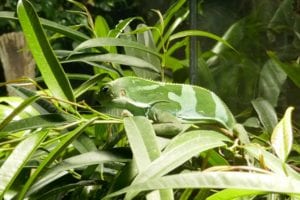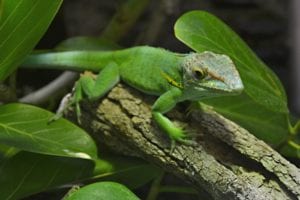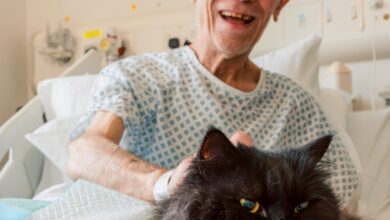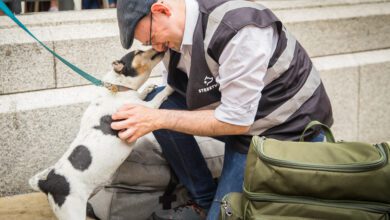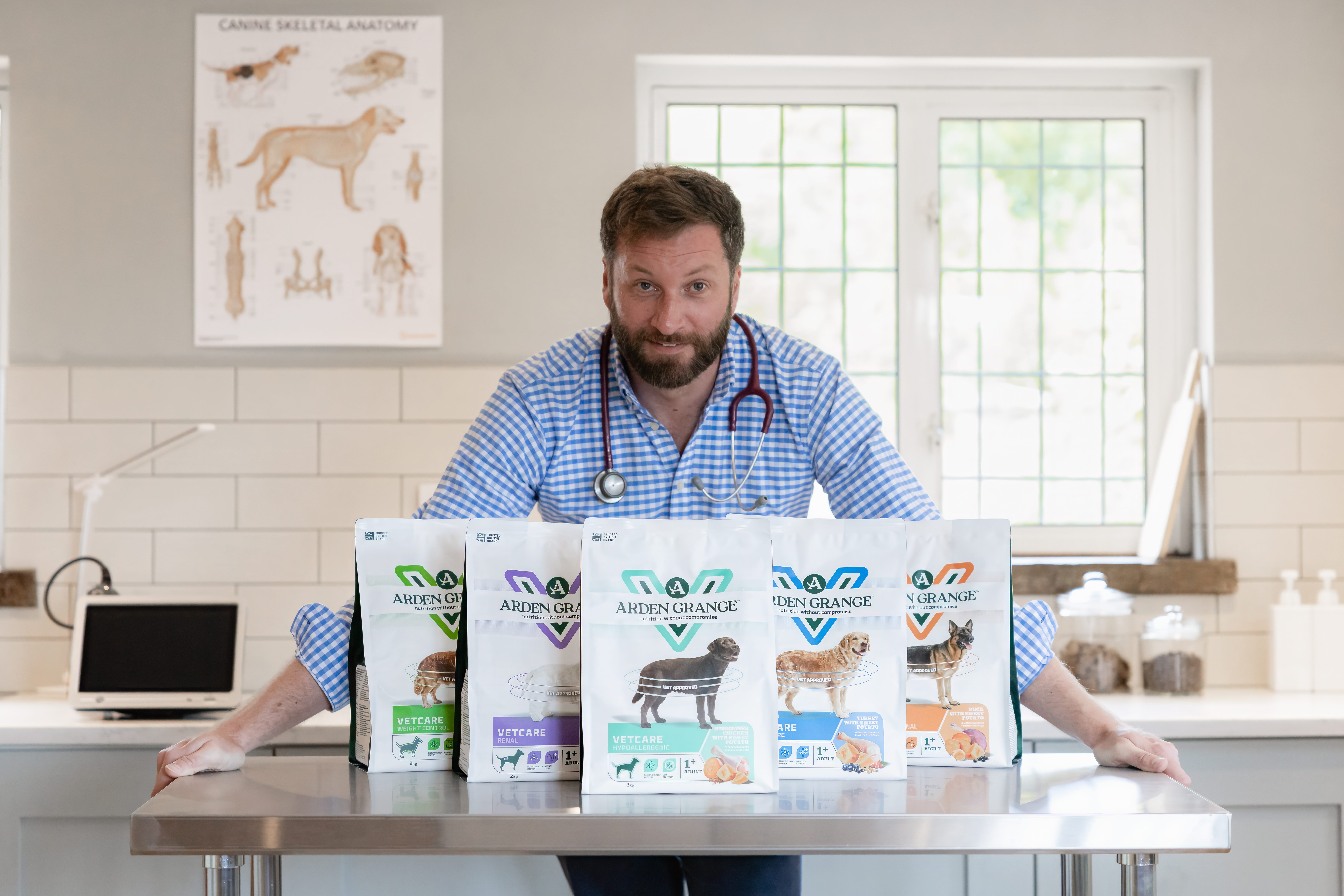Why were plants so hard to grow in vivariums?
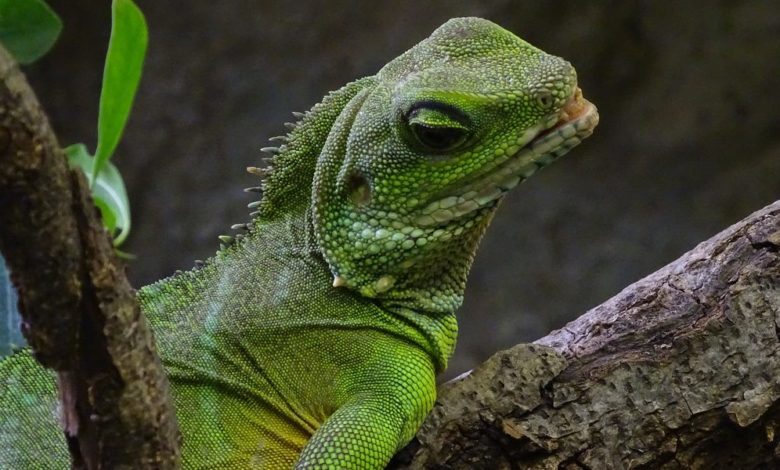
Register to get 1 free article
Reveal the article below by registering for our email newsletter.
Want unlimited access? View Plans
Already have an account? Sign in
As a hobby, reptile keeping has been making very positive steps towards the mass acceptance of the benefits of naturalistic and BioActive keeping. As a reminder, a BioActive system is one in which a culture of live custodians has been introduced in order to create a micro functioning ecosystem. Having said that, not all BioActive enclosures are naturalistic, and not all naturalistic enclosures must be Bioactive. Indeed, not all BioActive or naturalistic systems are even live planted. Within every chosen method of course, the human keeper will remain the apex ‘custodian’ and its with us that the buck really stops.
As I have laid out in this journal, hopefully in understandable terms over the past few years, there is a vital synergy between a reptile and everything that it encounters in the wild. If we mimic these suppliers, including the provision of thoughtful and useful cage decoration, even live plants, we afford an animal the very best chance at living a long and healthy life and one that should be reproductively positive. The same theory applies for live plants.
Using live plants, hopefully selected for, and suitable for use in a particular habitat type remains ultimately positive. Live plants trump fake plants in every way possible except that they have the ability to infuriatingly expire.
Having said that, fake plants degrade quite quickly, so in a sense, they die off also and need frequent replacement. It is within the long-term care of live plants that many of our frustrations as keepers have been found. We know that live plants not only look better when viewing the enclosure, but they also provide natural hiding places for animals, they increase foot health, they help to maintain substrate health, create essential oxygen and pose a greatly reduced risk in terms of VOC release from heated plastics and resins and build ups of harmful bacteria.
Yes, plants are positive and there is an array of suitable species available to the trade in large numbers. However, many keepers have been put off buying and trying to grow live plants as they typically die quickly, look terrible whilst they are dying and create unwanted extra costs. If we can understand the needs of a plant, we can of course work to supply those needs and in consequence go on to see plants do well for everyone.
Plants have almost as many needs as any of the groups of other animals. They have to ‘breathe’, drink, feed and obtain energy, all in balance and in the correct method per species. If we can accept that these actions, as being tied into every essential parameter of supply, we can work to allow plants everything that they need to survive. Luckily, most of the needs of a plant are tied into the needs of the animals that we keep. Why? This is not rocket science at all, they have all developed within the same ecosystems, hence they all use the energy/suppliers that are around them in some way.
Plants use photosynthesis to turn the energy that is projected into our layer of atmosphere from the sun into sugars. Sugars are energy and it is this energy that is used, alongside the water that they obtain and the minerals that are ‘fed’ to them via mycorrhizal fungi to grow. For a plant to grow, it must have enough energy going into it to allow it to replace more cells per day than die off naturally or are damaged.
Plants also require water, we all know this. However, what we never really seem to grasp is that plants, like animals, use or obtain water in differing ways and have differing levels of need. Almost all of the issues that are seen in problem houseplants are related to the improper provision of light and/or water. Over, under or improperly watering plants either drowns them or starves them. We must therefore seek to look at the developed processes of supply per plant species, we will then be able to provide water for them properly.
Some species as example only ever require their leaves to be misted, the roots are mere anchors and do not provide the plant with water. This is the cause of drowning, rotting and death in most of the bromeliad species. These highly desirable plants all seem to improperly arrive planted in pots, so we plant them in the substrates of our enclosures.
If we trot around our vivarium wetting the substrate they become waterlogged unnaturally and die. This is why drainage layers are so very important, an accidental overprovision of water simply falls down into the drainage layer where over time it turns to vapour via evaporation and slowly moistens the soil ‘bottom upwards’. This stops roots rotting in systems where the water cannot drain away and the substrate stagnating.
Plants require food, for almost all plants this is within the form of the nutrients that are found in the soil. Some use the minerals that arrive in mist and rain and have adapted to so through leaf osmosis. Some capture and digest insects also. Most however use an amazing relationship with Mycorrhizal fungi. Billions of these spores, living in the soil form a symbiotic relationship with the plants and must be present in high enough numbers to really allow the plants to thrive. These fungi pre-digest, or ‘make smaller’, the minerals and organics found in the soil and then feed these to the roots of a plant in manageable pieces.
In return the plant supplies the fungi with sugars. So, when we think about feeding our plants, we are actually really feeding microscopic fungi, and other fauna. These form the building blocks of life from which the plant can use the energy that it has created after exposure to daylight from which to grow. They are also full of the nutrients that are passed onto those other lifeforms that may themselves consume a plant, our own species included. Plants are pretty good mineral stores and pass these on up the food chain, but it is the fungi that allowed the plant to assimilate the minerals in the first place. Plants kept in vivaria are within a closed system, this means that the nutrients available to them within the substrate are finite, that is unless the substrate is changed, refreshed or fed.
Plants also require airflow or ‘gaseous exchange’. Plants respire, they use Co2 within photosynthesis and create oxygen. Historically, vivs have been very poorly ventilated, over hot and under energised. This can allow the air to stagnate which in turn slows growth. Having good ventilation will allow a plant to grow well. If a plant is growing well it is producing oxygen, this will in turn help to keep the viv fresh and the animals supplied for. The risk of airborne bacterial load reduces also.
Finally, plants have developed to use the energy contained within the photons that make up the full-spectrum of unfiltered terrestrial daylight, particularly the visible portion of the spectrum from 400-700nm. The balanced or ‘wild-like’ provision of visible light within these wavelengths must be replicated in captivity and in a high enough quantity of we are to see plants photosynthesise properly. Visible light is measured in lumens or Lux, this is how we describe the quantity of visible light.
Reptiles have developed to use the sun over its full terrestrial projection from UV-B to IR-B, and in some cases its quantity (LUX). We see this with the development of the pineal eye in some terrestrial agamids. Light has to be at a high enough level for this organ to function. Typically, our enclosures have not been bright enough at all, even if they have been accurately supplied with both UV and I-R. Luckily, we can now mix and match our tech to fill the spectrum and provide a high enough quantity over the whole terrestrial spectrum.
If we do so, in a safe and measured way, we will see plants become easier to grow and witness yet another positive step forward in effective and ethical reptile care.


